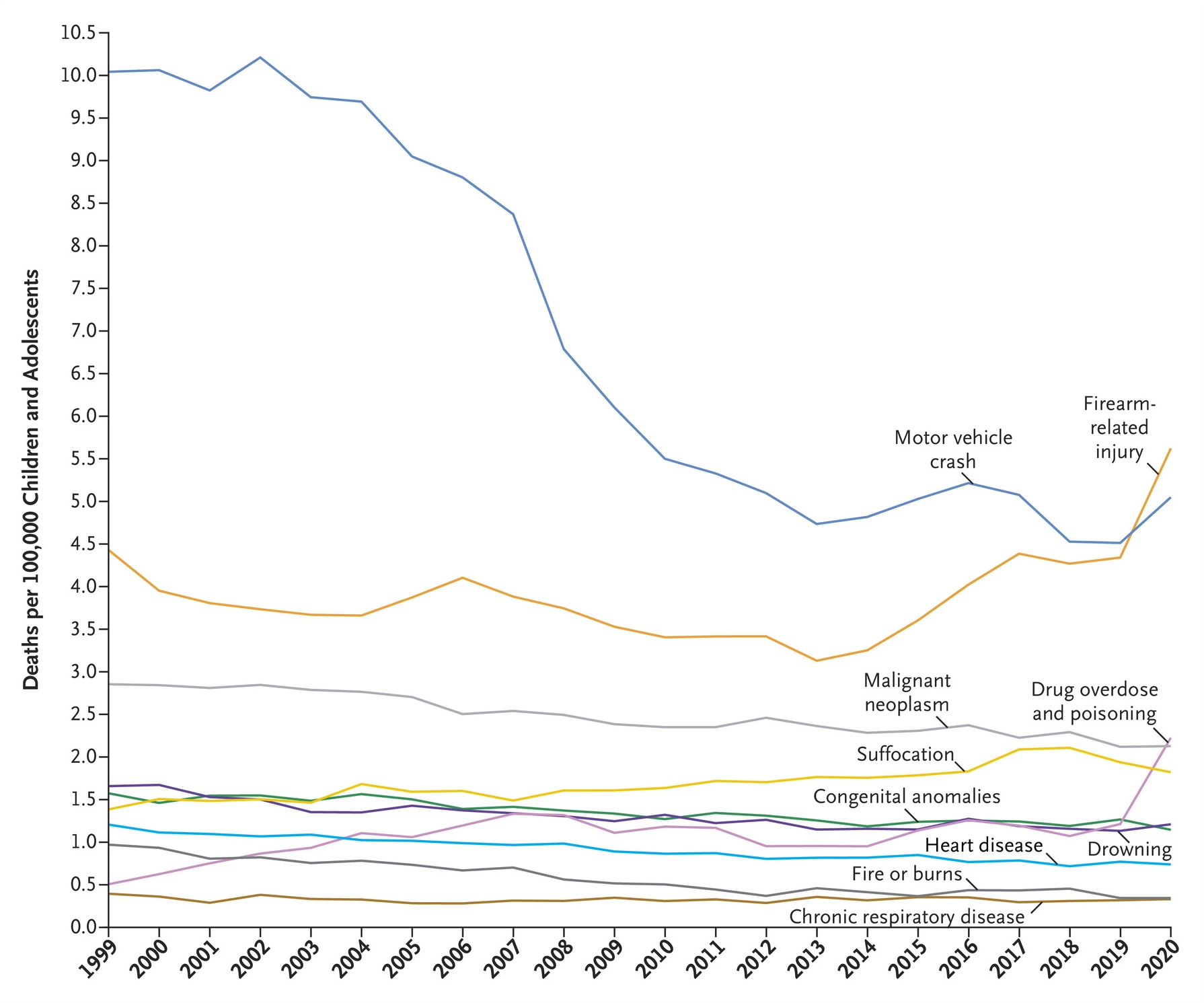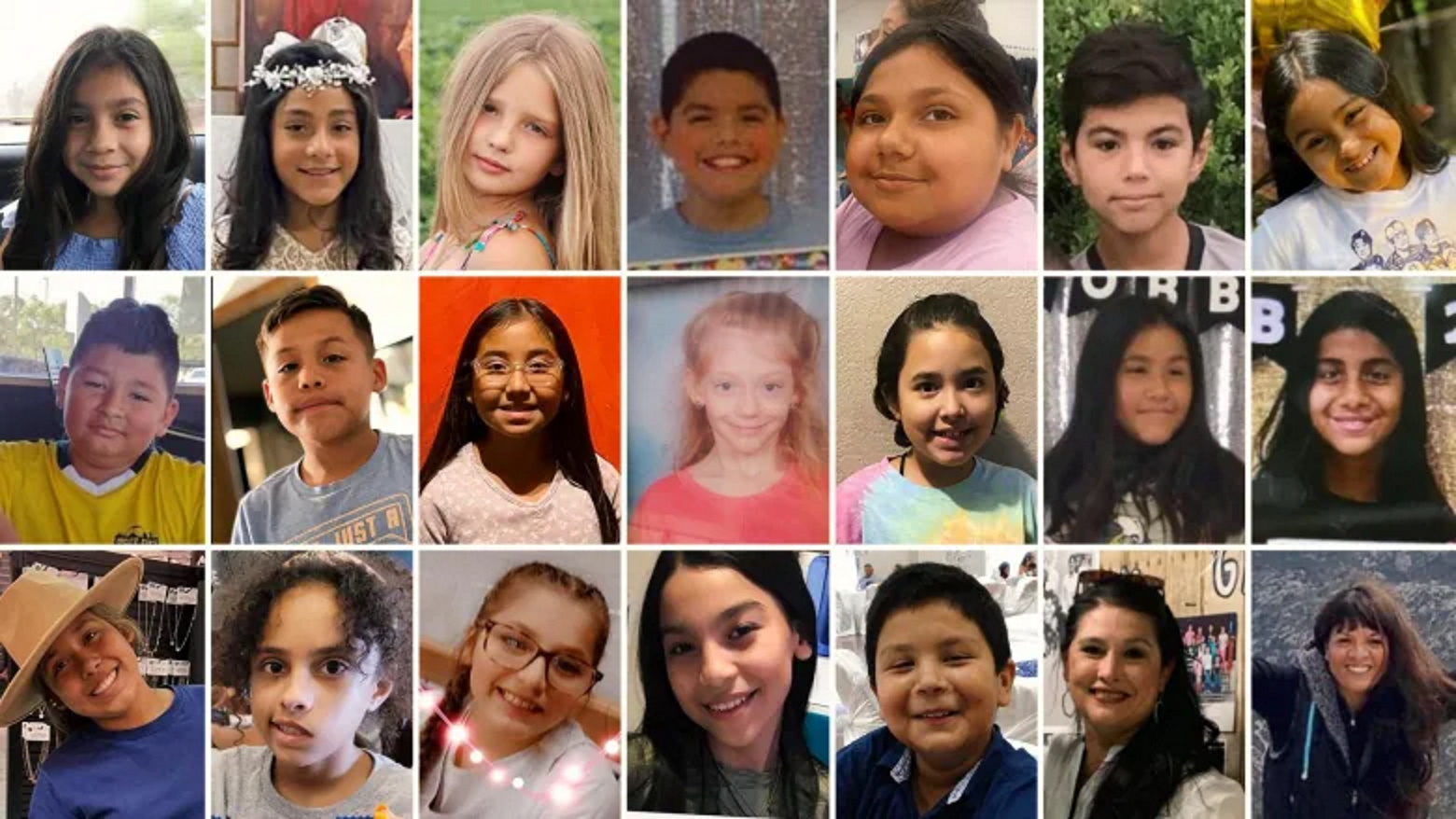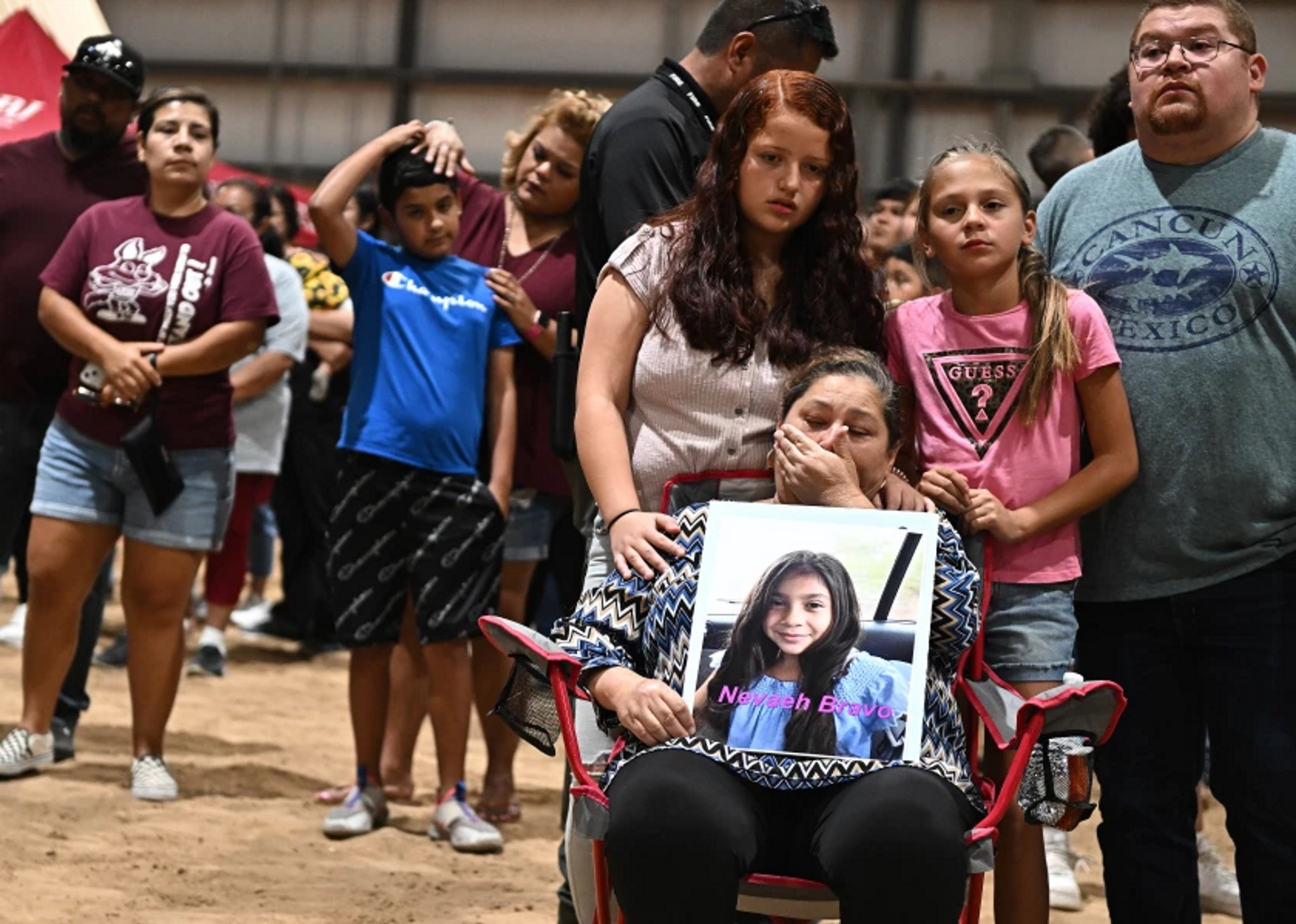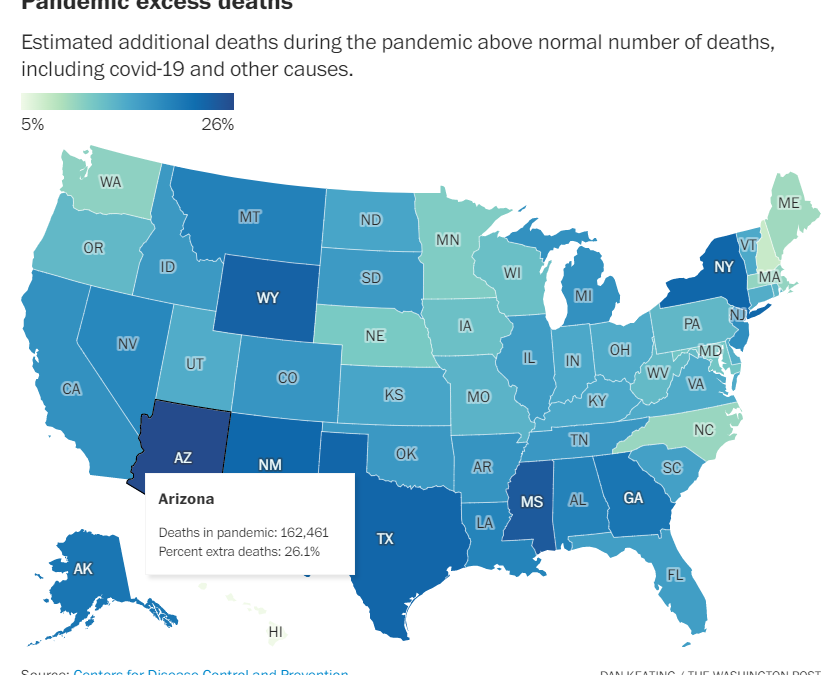Gun violence now Number 1 cause of death for U.S. children – “The fact that this is the leading cause of death among kids is obscene”

By Mary Kekatos
25 May 2022
(ABC News) – The mass shooting at an elementary school in Uvalde, Texas, Tuesday has put the spotlight back on recent data showing that firearm injuries are the No. 1 cause of death among children and adolescents in the United States.
A total of 19 children, mainly third and fourth graders — as well as two teachers — were killed at Robb Elementary, in what President Joe Biden referred to as an act of “carnage.”
It’s an all-too-familiar story in which communities are left wondering in the aftermath how to best keep children safe.

“It’s a senseless act of violence,” Dr. Jason Goldstick, an associate professor of emergency medicine at the University of Michigan, told ABC News. “You shouldn’t be expected to be exposed to violence when going to school like that.”
And it comes just a month after the Centers for Disease Control and Prevention released data showing guns were the No. 1 killer of children and adolescents in 2020.
The agency found that 4,368 Americans under the age of 19 died from gun violence in 2020, a 29.5% jump from 2019.
That’s equivalent to 5.4 out of every 100,000 kids and teens in the U.S. dying from a firearm injury and a 63% jump from the 3.3 per 100,000 recorded one decade ago.
It’s unclear what’s behind the spike, but the data is consistent with other recent studies showing the increase in firearm-related injuries at the beginning of the COVID-19 pandemic.
“If you look at the trajectory over the last several years, that should raise alarm,” said Goldstick, who is also a member of the university’s Institute for Firearm Injury Prevention. “The fact that this is the leading cause of death among kids is obscene.”
It also marks the first time since the CDC started recording leading causes of death among children that firearm-related injuries overtook motor vehicle crashes as the No. 1 cause. [more]
Texas shooting highlights how guns are the leading cause of death for US kids

Current Causes of Death in Children and Adolescents in the United States
By Jason E. Goldstick, Ph.D., Rebecca M. Cunningham, M.D., and Patrick M. Carter, M.D.
19 May 2022
(NEJM) – The Centers for Disease Control and Prevention (CDC) recently released updated official mortality data that showed 45,222 firearm-related deaths in the United States in 2020 — a new peak.1 Although previous analyses have shown increases in firearm-related mortality in recent years (2015 to 2019), as compared with the relatively stable rates from earlier years (1999 to 2014),2,3 these new data show a sharp 13.5% increase in the crude rate of firearm-related death from 2019 to 2020.1 This change was driven largely by firearm homicides, which saw a 33.4% increase in the crude rate from 2019 to 2020, whereas the crude rate of firearm suicides increased by 1.1%.1 Given that firearm homicides disproportionately affect younger people in the United States,3 these data call for an update to the findings of Cunningham et al. regarding the leading causes of death among U.S. children and adolescents.4
The previous analysis, which examined data through 2016, showed that firearm-related injuries were second only to motor vehicle crashes (both traffic-related and nontraffic-related) as the leading cause of death among children and adolescents, defined as persons 1 to 19 years of age.4 Since 2016, that gap has narrowed, and in 2020, firearm-related injuries became the leading cause of death in that age group (Figure 1). From 2019 to 2020, the relative increase in the rate of firearm-related deaths of all types (suicide, homicide, unintentional, and undetermined) among children and adolescents was 29.5% — more than twice as high as the relative increase in the general population. The increase was seen across most demographic characteristics and types of firearm-related death (Fig. S1 in the Supplementary Appendix, available with the full text of this letter at NEJM.org).

In addition, drug overdose and poisoning increased by 83.6% from 2019 to 2020 among children and adolescents, becoming the third leading cause of death in that age group. This change is largely explained by the 110.6% increase in unintentional poisonings from 2019 to 2020. The rates for other leading causes of death have remained relatively stable since the previous analysis, which suggests that changes in mortality trends among children and adolescents during the early Covid-19 pandemic were specific to firearm-related injuries and drug poisoning; Covid-19 itself resulted in 0.2 deaths per 100,000 children and adolescents in 2020.1
Although the new data are consistent with other evidence that firearm violence has increased during the Covid-19 pandemic,5 the reasons for the increase are unclear, and it cannot be assumed that firearm-related mortality will later revert to prepandemic levels. Regardless, the increasing firearm-related mortality reflects a longer-term trend and shows that we continue to fail to protect our youth from a preventable cause of death. Generational investments are being made in the prevention of firearm violence, including new funding opportunities from the CDC and the National Institutes of Health, and funding for the prevention of community violence has been proposed in federal infrastructure legislation. This funding momentum must be maintained.
Current Causes of Death in Children and Adolescents in the United States


